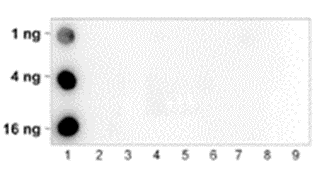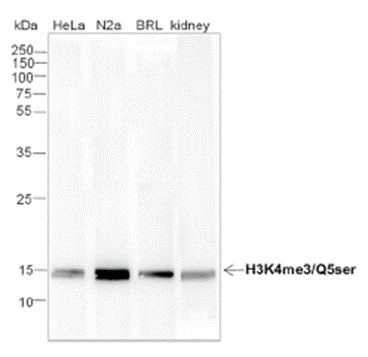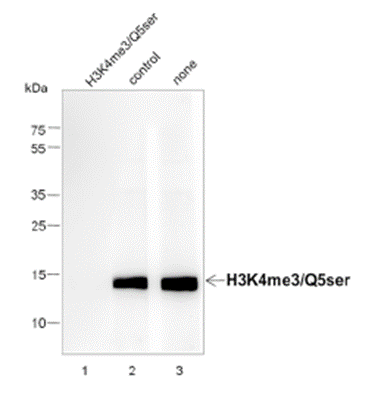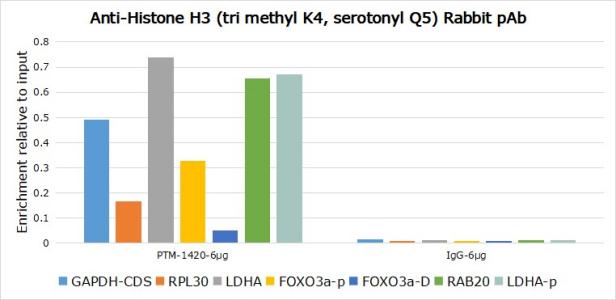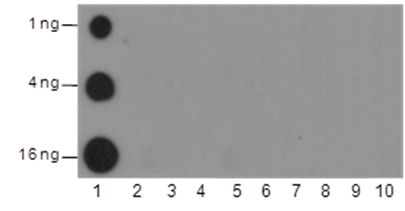Background
Histone post-translational modifications (PTMs) are key mechanisms of epigenetics that modulate chromatin structures, termed as “histone code”. Serotonin, also known as 5-hydroxytryptamine (5-HT), is an excitatory neurotransmitter that regulates brain cell activity by activating specific membrane receptors in the brain. The amino group of serotonins can covalently bind to the glutamine residue at the fifth position of histone H3 by TGM2 to form histone 5-hydroxytryptamine (H3Q5ser). H3Q5ser modifies sites adjacent to H3K4me3 form PTM crosstalk. The presence of H3K4me3Q5ser enhanced the binding of transcription factors, such as TFIID to chromatin, thereby activating the expression of downstream genes in developing rodent brains and human neurons.
Cellular location
Nucleus


